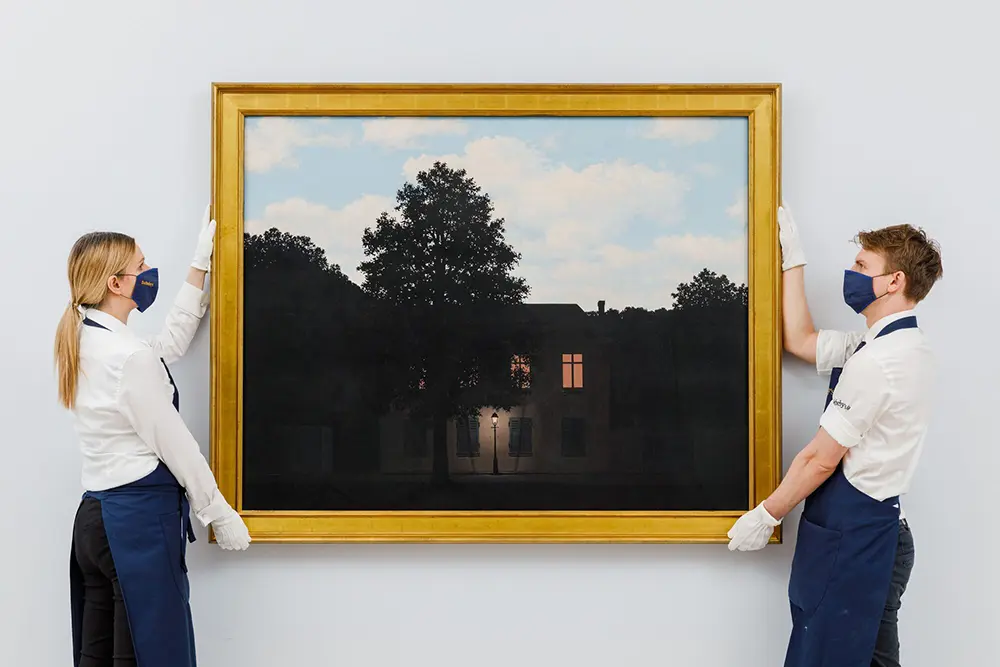A federal jury in New York concluded that Sotheby’s did not collaborate with private dealer Yves Bouvier to deceive Russian billionaire Rybolovlev into overpaying for artworks. Rybolovlev had sought $190 million in damages plus interest.
The trial, known as the Bouvier Affair, revealed the complex tactics and code words used by leading auction houses to convince wealthy customers to purchase artwork, unveiling private viewings in Manhattan residences and warehouses in Austria. Serving as a warning to new collectors, the case once again shows the opaque nature of the art market.
Rybolovlev acquired 38 works from Bouvier. Sotheby’s was involved with 12 of them. Four were in the scope of this trial. These were Le Domaine d’Arnheim by René Magritte, Wasserschlangen II by Gustav Klimt, Tête by Amedeo Modigliani, and Salvator Mundi by Leonardo da Vinci.
Bouvier encouraged Rybolovlev to buy “The Domain of Arnheim,” providing information from Sotheby’s about the potential value of another Magritte work, “The Empire of Light.” However, the jury determined that Sotheby’s acted legally and stood by its evaluations.
The trial’s most famous work was da Vinci’s “Salvator Mundi,” which Sotheby’s helped sell to Bouvier in 2013. The artwork was later resold to Rybolovlev for a higher price, leading to a legal dispute.
In each case, the Swiss dealer Bouvier first purchased the piece through a holding company and then sold it to Rybolovlev at a substantial markup. Rybolovlev asserts—a claim that Bouvier strenuously disputes—that Bouvier served as his art advisor. However, in every transaction, Bouvier received both a commission and a markup on the sale, with Rybolovlev asserting his unawareness of the latter.
Rybolovlev has not announced whether he plans to appeal the verdict. His lawyer, Daniel Kornstein, stressed the trial’s role in highlighting transparency issues in the art market and called for reforms outside the courtroom.
Confirming the legitimacy of its private art sales strategies, the decision represents a major victory for Sotheby’s. Accounting for $1.2 billion of the $7.9 billion in art that sold last year, private sales constitute a significant portion of the company’s revenue.





